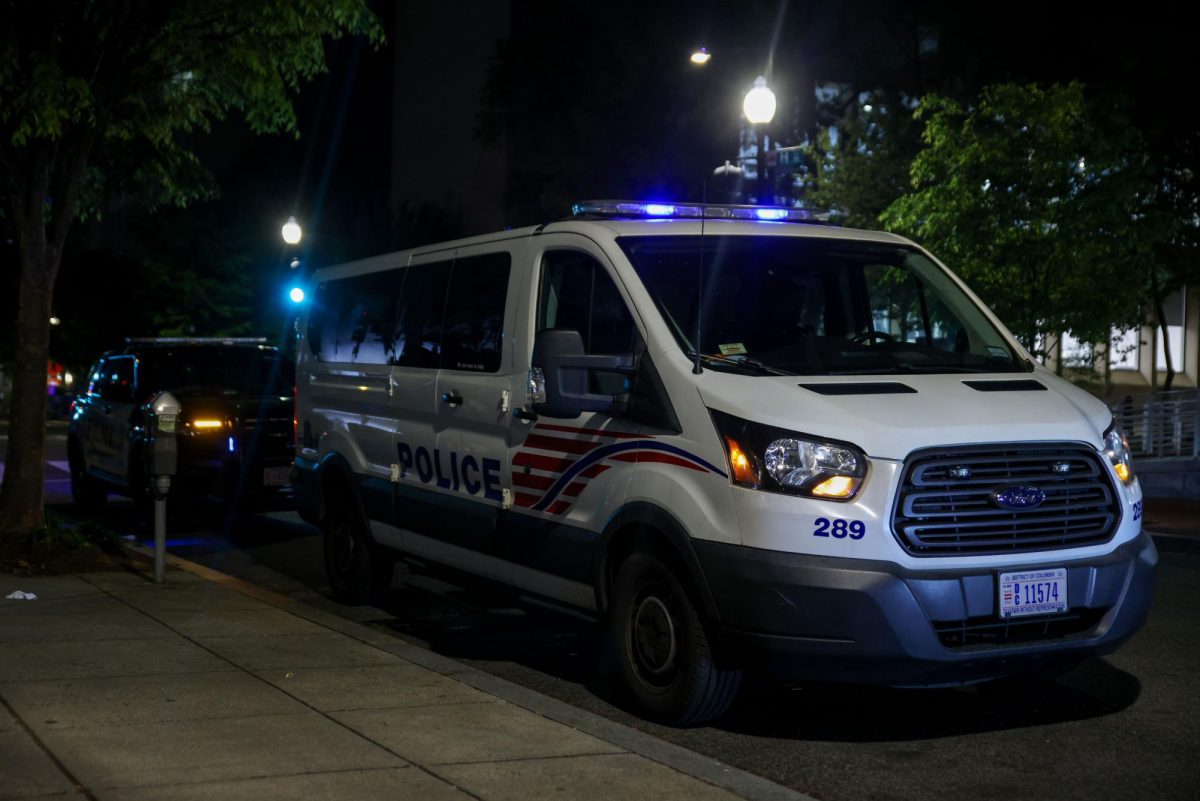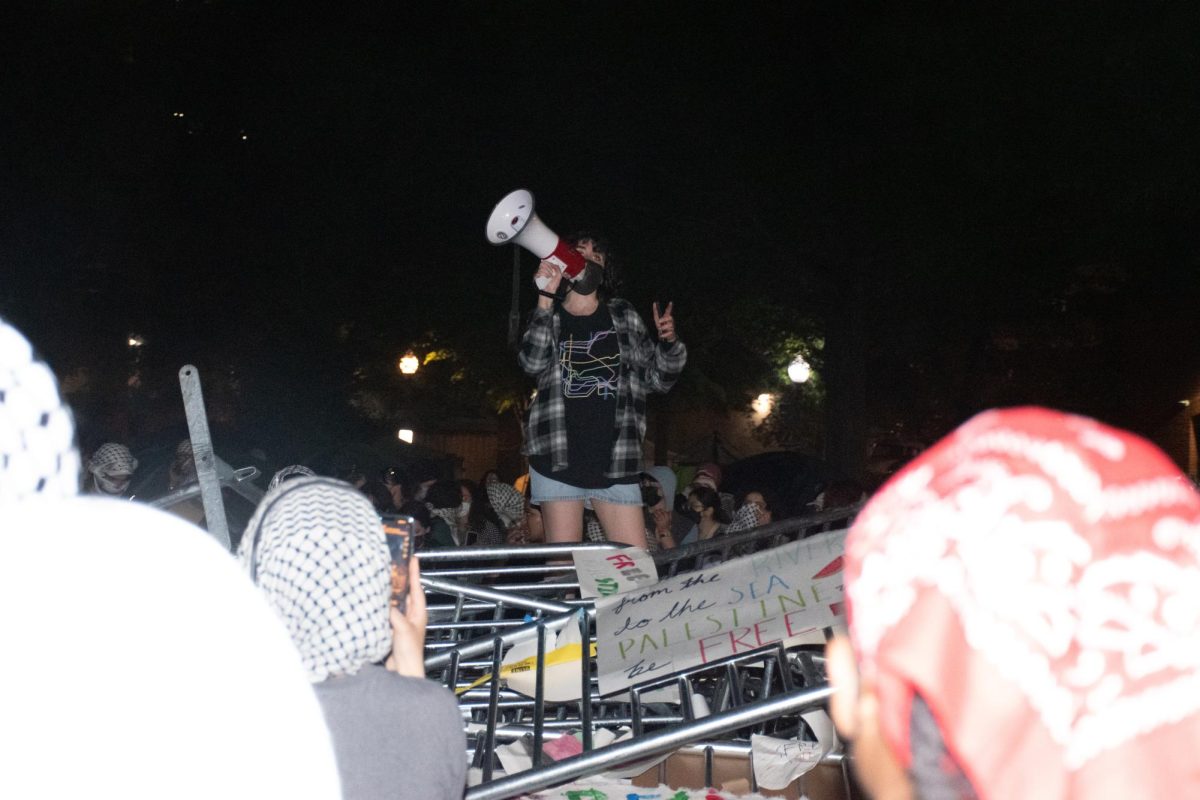City officials expect the District to receive its first doses of COVID-19 vaccines by mid-December, but the majority of D.C. residents will need to wait to be vaccinated until March or April, The Washington Post reported Wednesday.
As part of D.C.’s COVID-19 vaccination plan, the District government has outlined four “allocation phases” for locals to get vaccinated in different pods that prioritize individuals who face a higher risk of infection. The plan states health care workers and first responders will be the first to receive a vaccine during Phase 1a, in which emergency responders and ICU workers will receive doses before outpatient clinic personnel, The Post reported.
Phase 1b, the next group of top-priority residents, will consist of D.C. residents who suffer from “significant” comorbidities and “older adults” who are often in larger settings, according to the plan. The plan states Phase 2 includes K-12 teachers and school staff, child care workers, “critical workers” in high-risk settings, anyone with “moderate comorbidities,” people living in or working at homeless shelters or group homes, prisoners, prison staff and all other “older adults.”
Young adults, children and “workers in industries important to the functioning of society” will receive vaccines in Phase 3, and Phase 4 includes all other U.S. residents who wish to receive a vaccine.
The District’s vaccination plan includes The GW Hospital as a potential “pre-position site” to store the Pfizer vaccine before each phase of distribution in D.C.
Despite the city’s prioritization of frontline workers, D.C. Health Director LaQuandra Nesbitt said the estimated 6,800 doses the federal government will ship to D.C. in its first distribution will account for less than 10 percent of the city’s 85,000 health care workers.
Nesbitt said although many of the health care workers and first responders who work in D.C. live in Maryland or Virginia, the federal government only counts the number of people living in the city when determining the scale of vaccine distribution. She said city officials are requesting that the federal government use D.C.’s workforce total instead of its population to determine the number of needed doses in hopes of supplying more workers with vaccines, according to The Post.
The District will receive its future doses on a weekly or biweekly basis, and Nesbitt said officials “won’t wait to finish one group” before advancing the city’s distribution to the next in line, The Post reported. She said individuals who elect to take the vaccine will receive it before higher-priority workers who refuse vaccination, according to the report.
The District’s vaccination plans are starting to solidify as COVID-19 cases have reached an all-time high in the city, with Saturday’s 371 positive tests outnumbering the 335 cases that marked the pandemic’s first peak on May 1.
GW’s COVID-19 research team had announced in late October their projection for a vaccine to start rolling out by the end of 2020.







